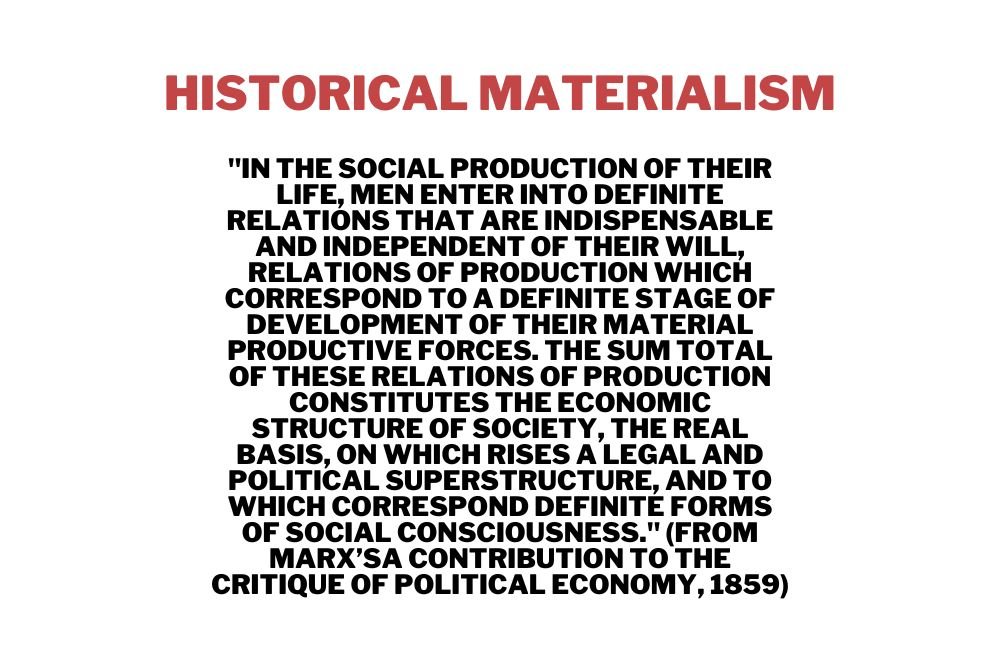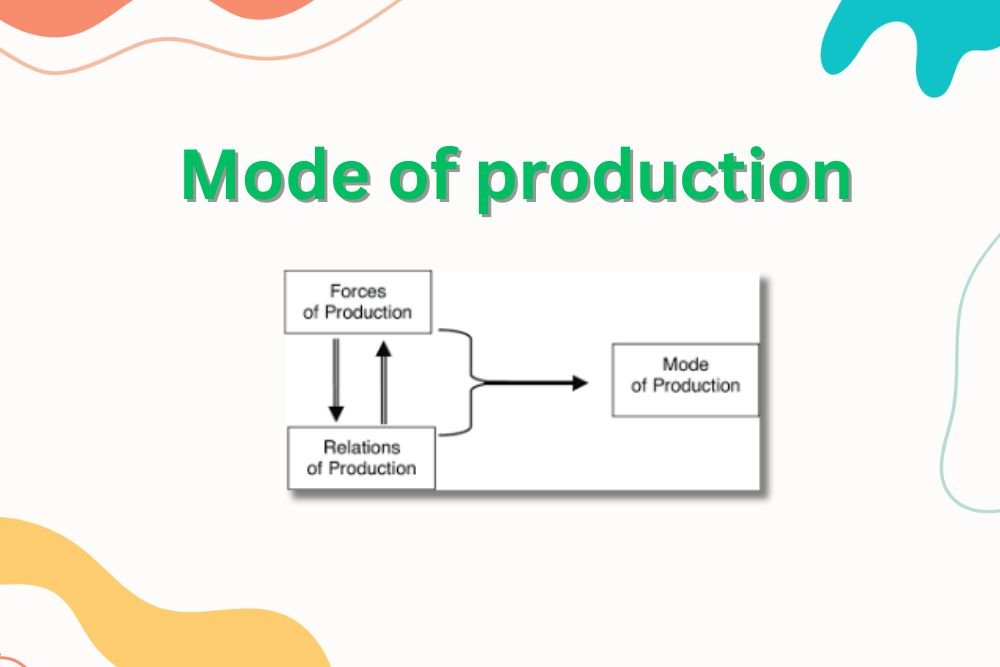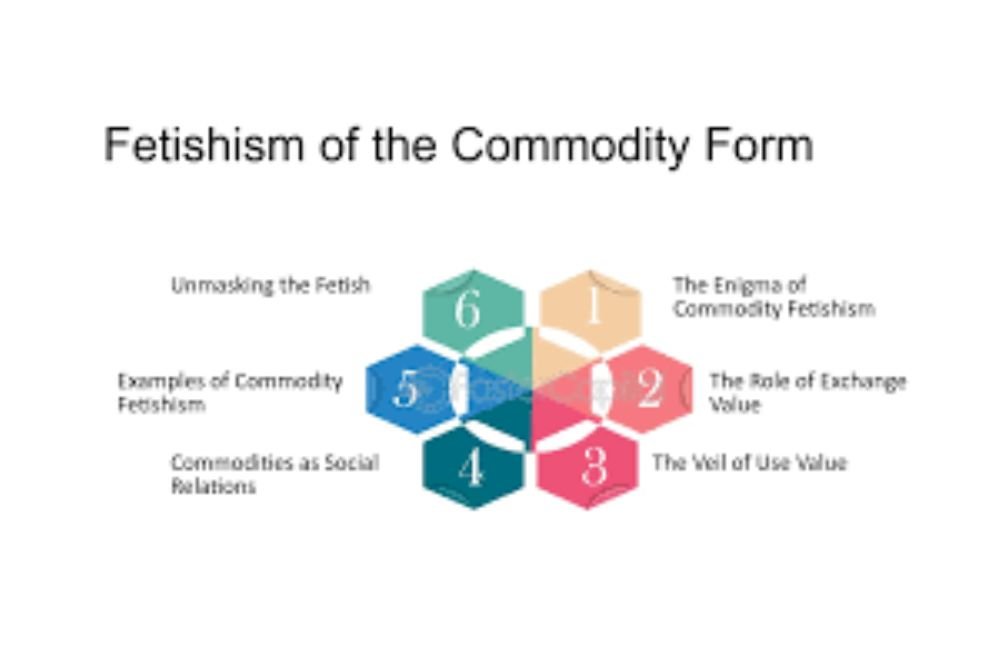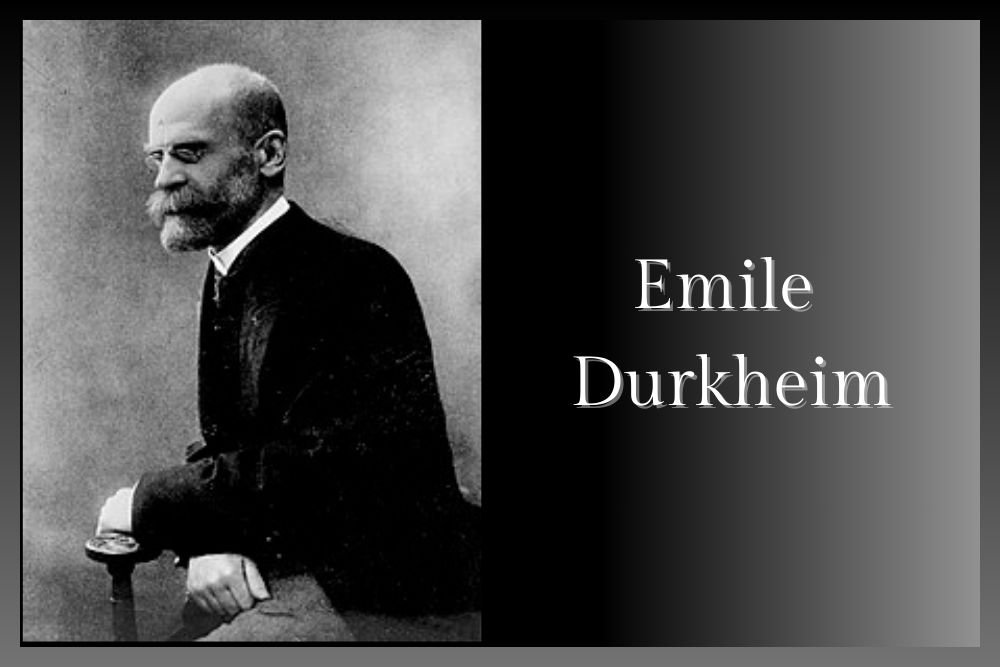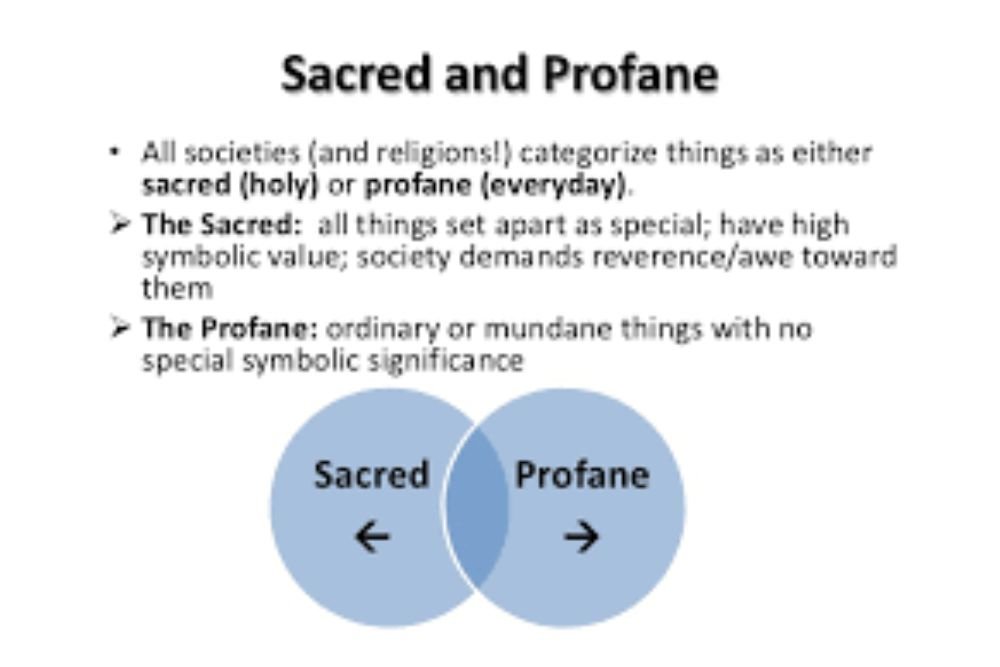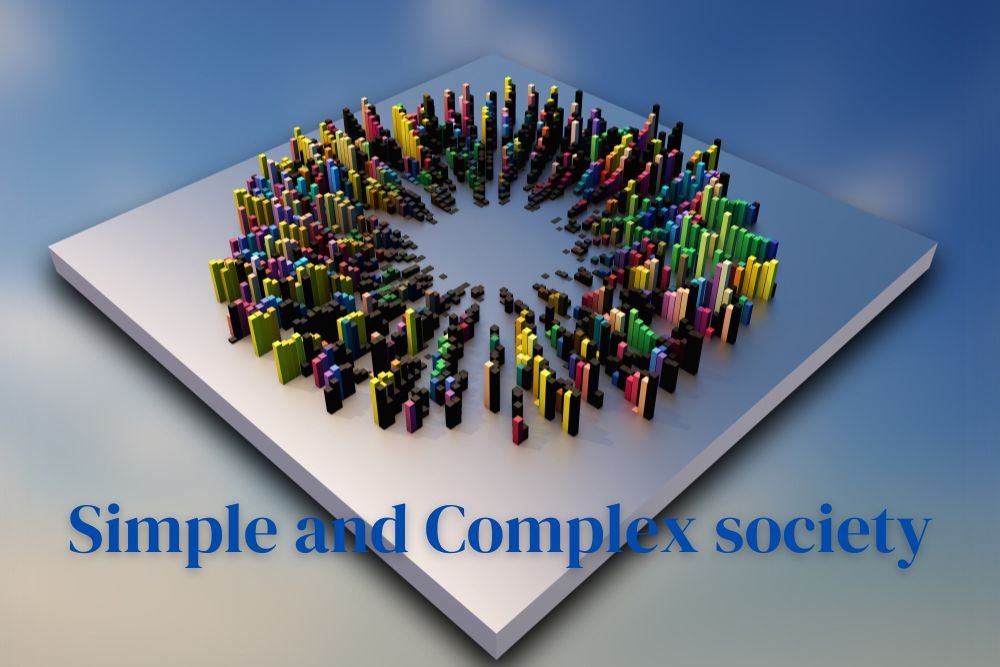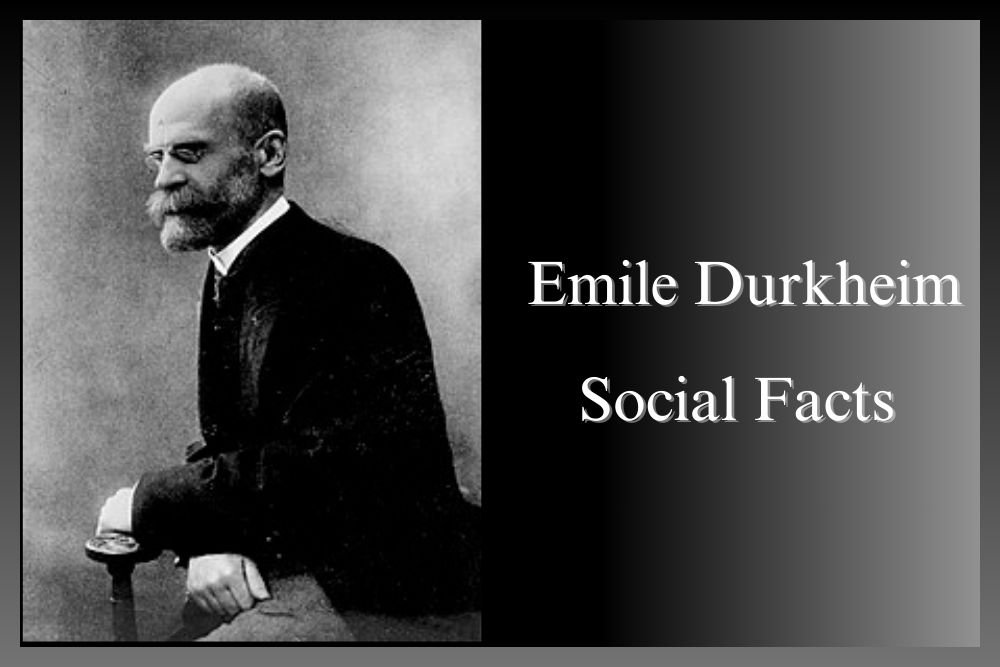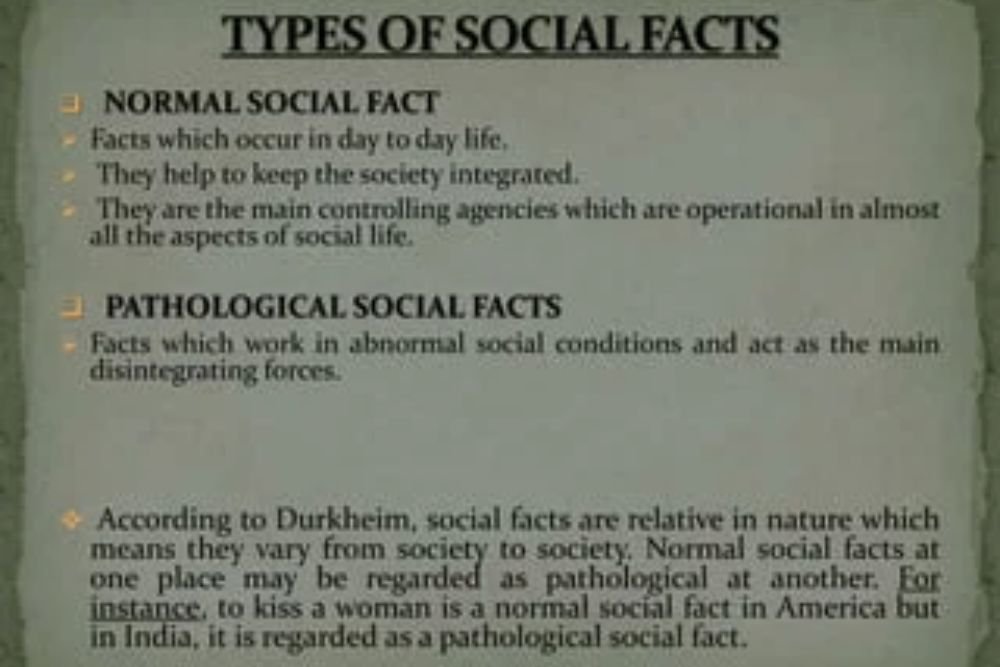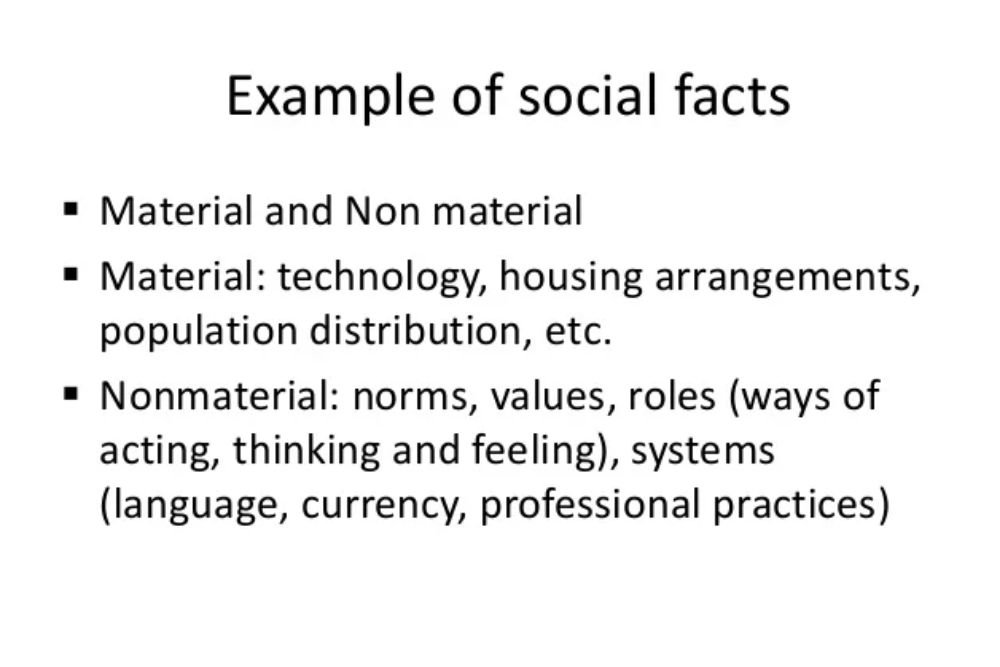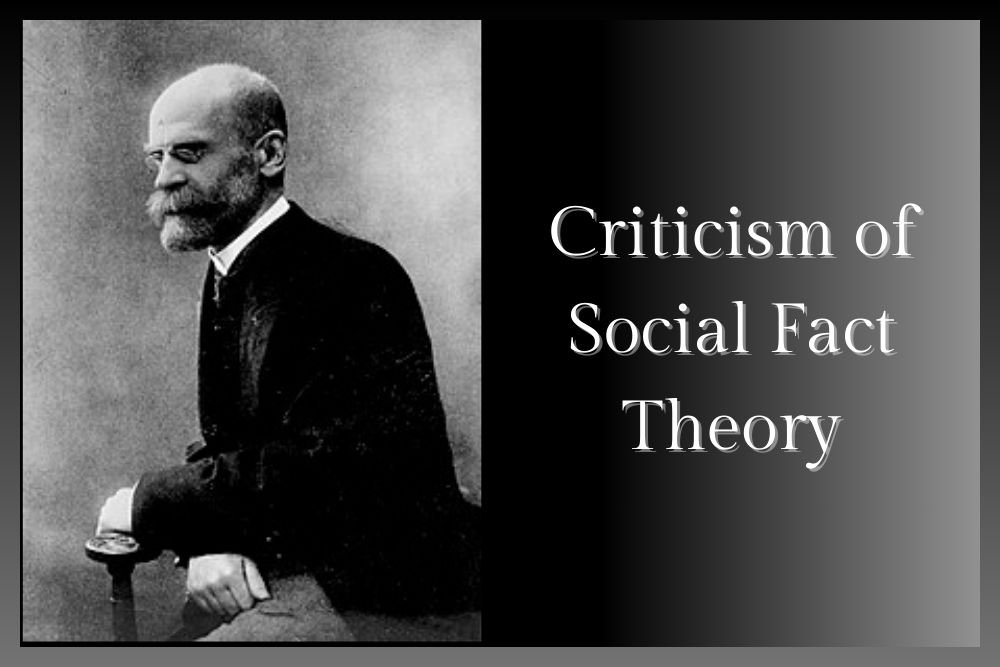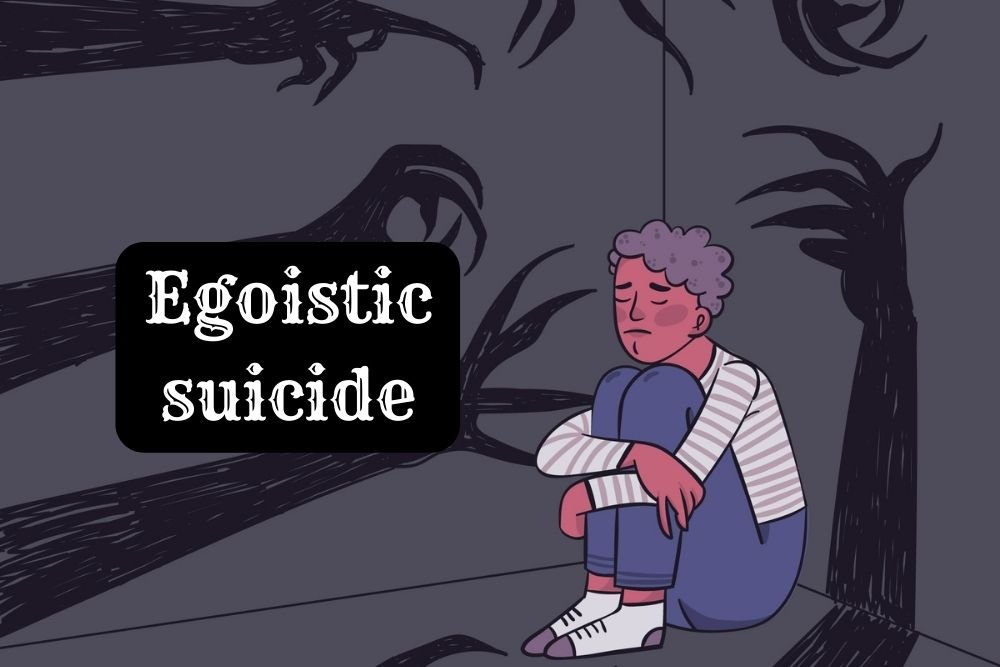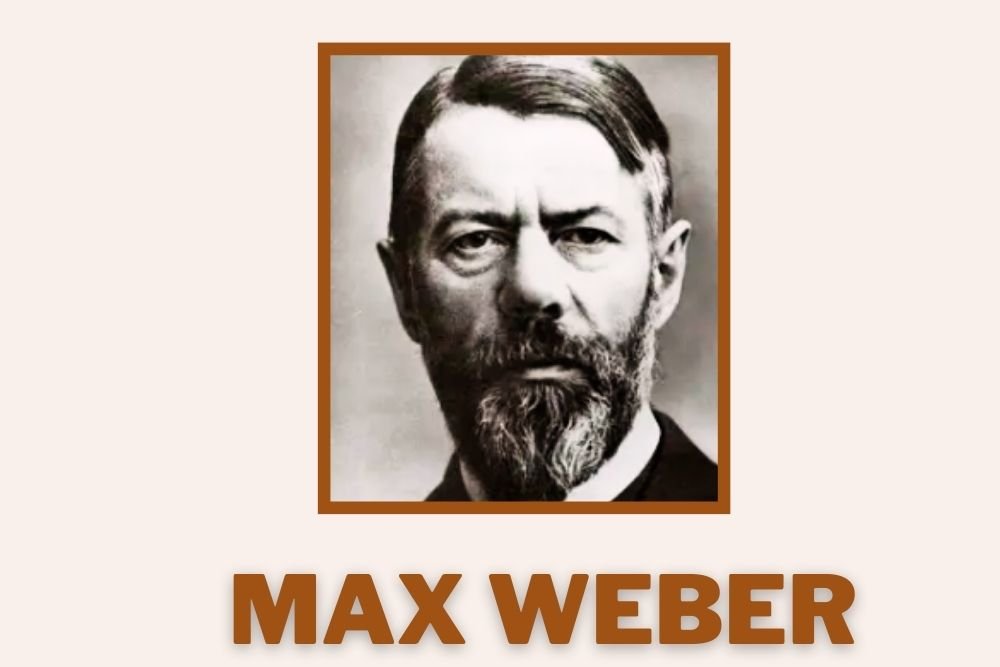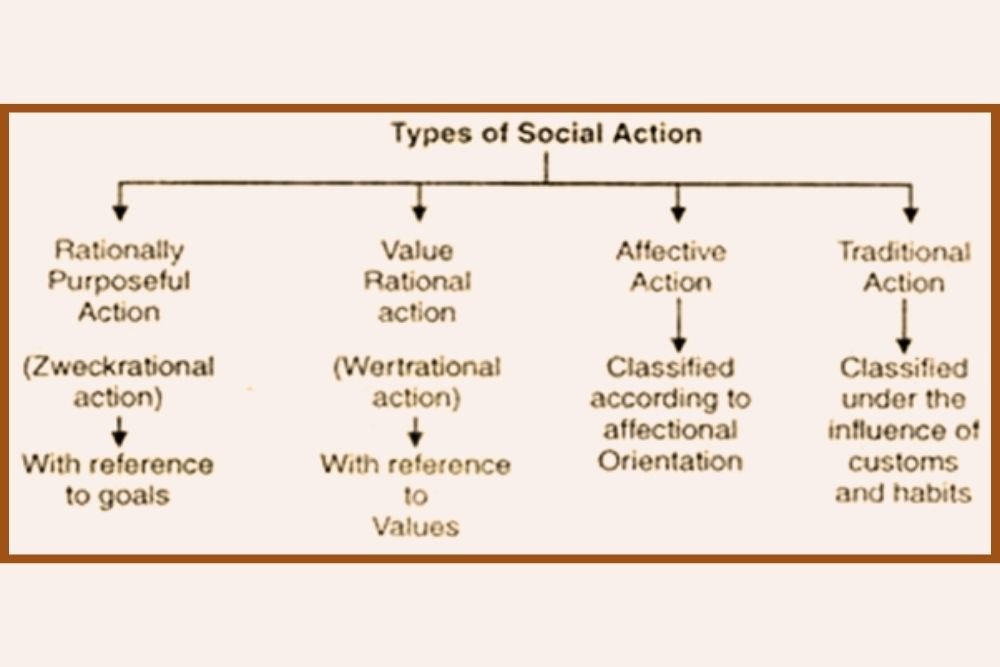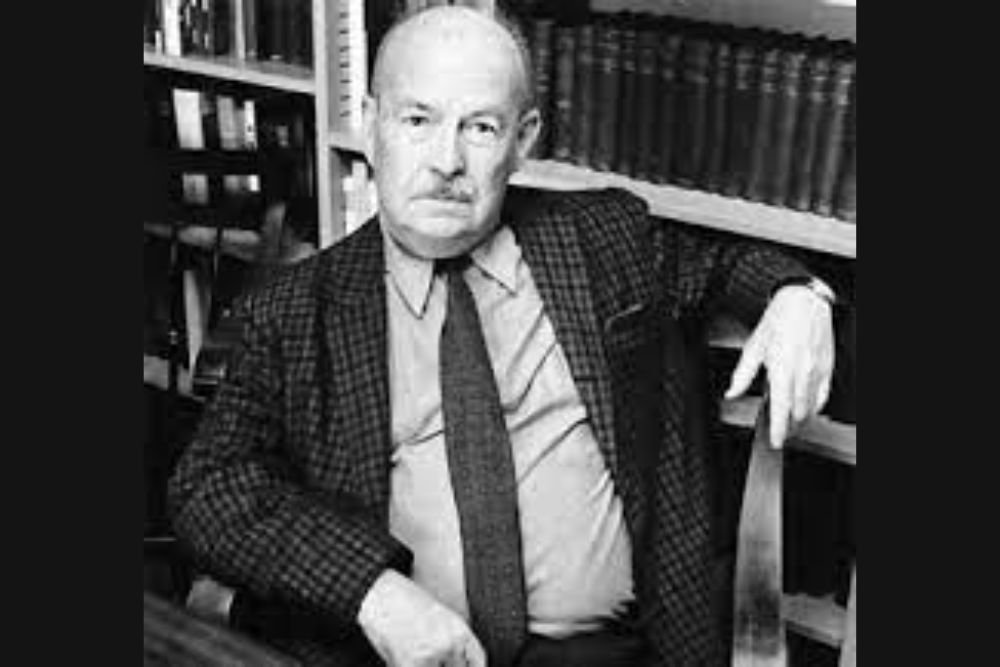
Emile Durkheim's groundbreaking theory of suicide, as articulated in his influential work "Suicide: A Study in Sociology," continues to reverberate through the corridors of sociological discourse. This comprehensive exploration seeks to unravel the intricate threads woven into Durkheim's theory, delving deeper into the sociological terms, jargons, and scholarly insights that constitute the foundation of this seminal work. By expanding upon the multifaceted layers of Durkheim's theory, we aim to offer a more extensive understanding of the sociological implications embedded within the study of suicide.
Central to Durkheim's theory is the conceptualization of suicide as a social fact. By delineating suicide as a social phenomenon, Durkheim challenges the prevailing psychological explanations of his time, redirecting attention toward the broader societal structures and influences that shape individual behaviors. This paradigm shift urges scholars to adopt a macro-sociological perspective, emphasizing the interconnectedness of individual lives within the societal fabric.
Durkheim's categorization of suicide into four types provides a nuanced lens through which to examine the complex relationship between the individual and society. Egoistic suicide, one of these types, directs attention to the concept of social integration. Durkheim argues that individuals with weak social ties and low levels of integration into societal norms are more susceptible to egoistic suicide. This emphasizes the pivotal role of strong social bonds in preventing self-destructive behaviors.
The term anomie, introduced by Durkheim, is central to his theory, particularly in cases of anomic suicide. Anomie denotes a state of normlessness or breakdown in social cohesion, often arising from rapid social change, economic upheavals, and disruptions in societal norms. Durkheim's exploration of anomie highlights the profound impact of societal upheavals on individual well-being, contributing to the understanding of the complex dynamics between societal structures and suicide.
Altruistic suicide, another type outlined by Durkheim, explores the potential negative consequences of excessive social integration. The concept of altruism, where individuals sacrifice their lives for the greater good, offers insights into the delicate balance needed in societal cohesion. Durkheim's examination of altruistic suicide prompts a nuanced understanding of the impact of collective values on individual behaviors, shedding light on the dark side of extreme societal cohesion.
While egoistic and altruistic suicides emphasize the extremes of social integration, fatalistic suicide introduces the concept of oppression by excessive regulations and constraints. Though less emphasized in Durkheim's work, fatalistic suicide underscores the detrimental effects of oppressive social structures on individual well-being, broadening the discourse on the factors contributing to self-destructive behaviors.
Durkheim's theory advocates for a holistic perspective, emphasizing the interconnectedness of individual lives within the broader societal tapestry. His call for a macro-sociological perspective challenges scholars to move beyond individualistic explanations, urging them to explore how societal structures influence self-destructive behaviors. By emphasizing the interplay between individual agency and societal structures, Durkheim's theory lays the groundwork for a more comprehensive understanding of suicide as a social phenomenon.
To further enrich the understanding of Durkheim's theory, scholars often turn to Robert K. Merton's refinements and extensions of Durkheim's ideas. In "Social Theory and Social Structure," Merton develops the concept of anomie into a broader framework known as strain theory, providing additional insights into how societal structures influence various deviant behaviors, including suicide.
In contemporary sociological discourse, Durkheim's theory of suicide remains a touchstone for scholars exploring the complex interplay between individual agency and societal structures. Concepts such as anomie, social integration, and the various types of suicide introduced by Durkheim continue to shape research and discussions on the intricate relationship between society and self-destructive behaviors.
In conclusion, Emile Durkheim's theory of suicide stands as a testament to the power of sociological inquiry in unraveling the complexities of human behavior. By introducing the concept of suicide as a social fact, Durkheim provides a lens through which scholars can critically examine the interplay of social forces and individual actions. His work continues to be a cornerstone in the education of sociology students, offering a robust framework to analyze the intricate connections between individual lives and the broader societal tapestry. As sociologists delve into the multifaceted dimensions of Durkheim's theory, they contribute to the ongoing evolution of sociological thought, fostering a dynamic and responsive discipline that remains attuned to the ever-changing complexities of human society.



































